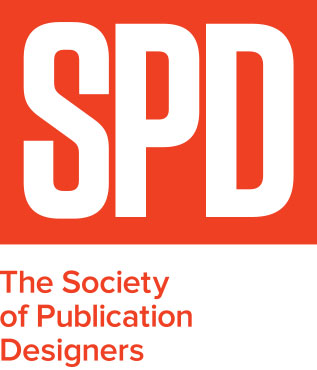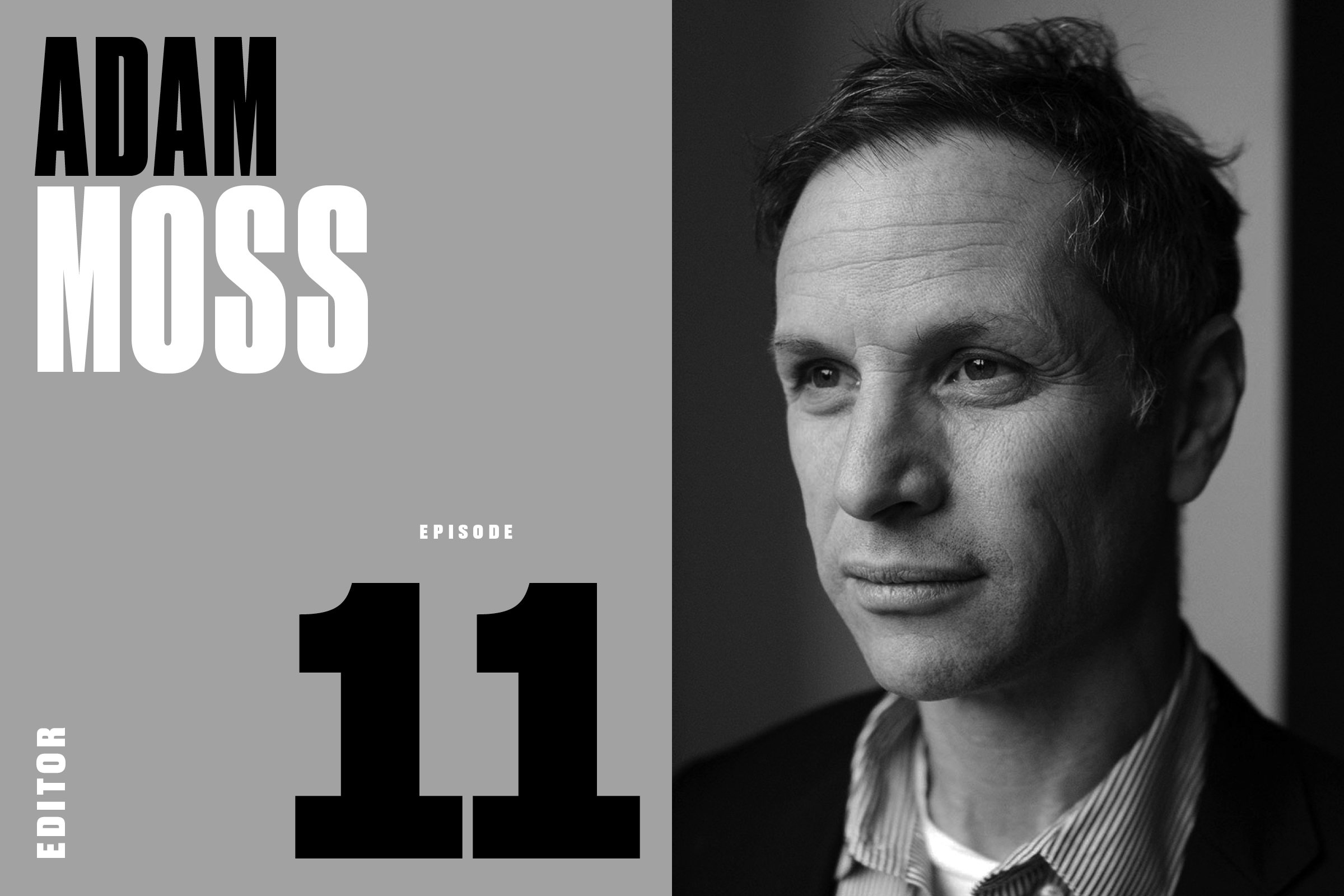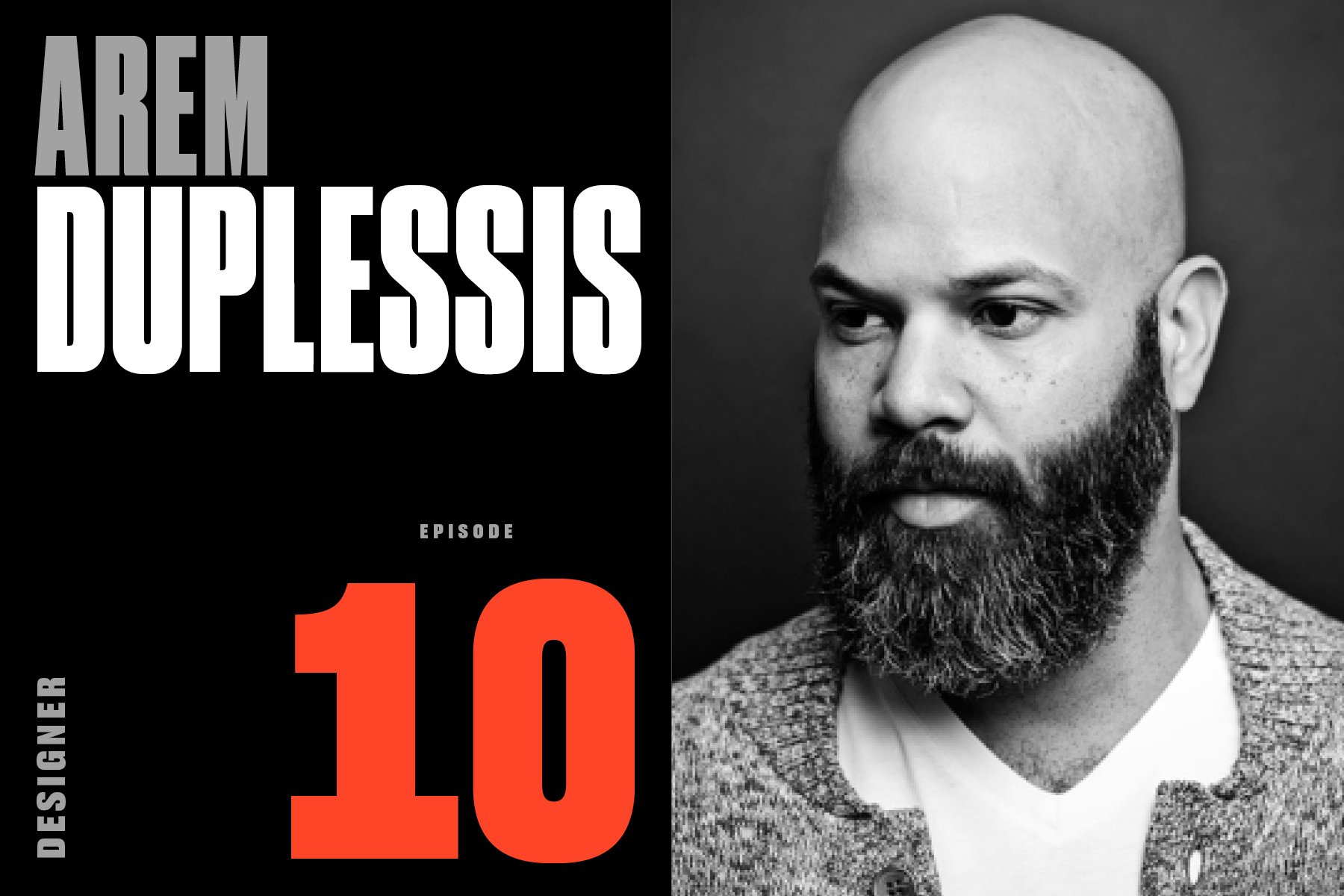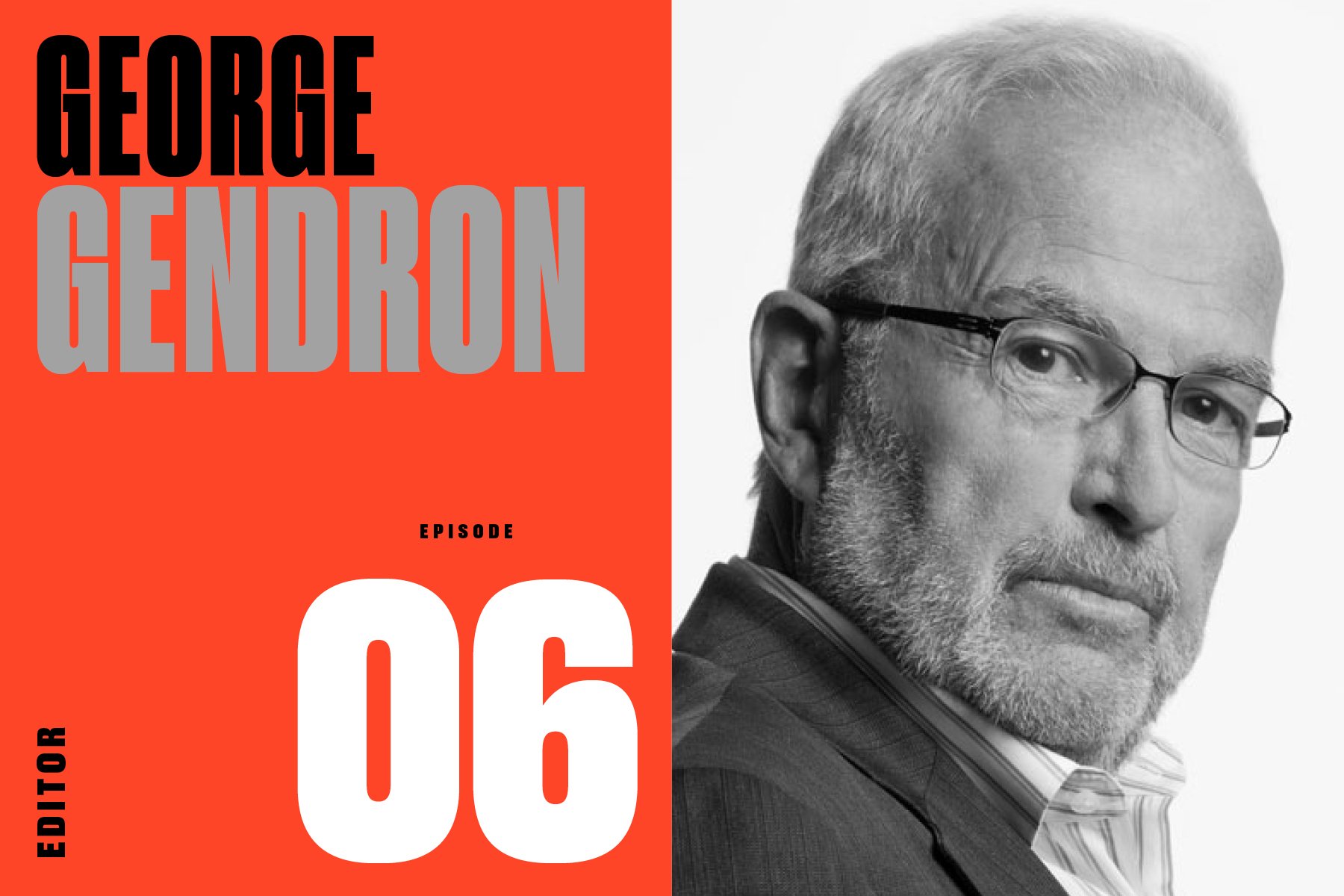Episode 11: Adam Moss, Editor (New York, The New York Times Magazine, more)
/Adam Moss is probably painting today. He’s not ready to share it. He may never be ready to share it. You see, this ASME Hall of Famer unabashedly labels himself as “tenth rate” with the brush. And he’s okay with that.
As Moss explains, it’s not about the painting. After decades of creating some of the world’s great magazines, he is throttling down. He’s working with canvas, paint, and brush — and reveling in the thrill of making something, finally, for an audience of one.
It hasn’t always been this way for Moss. Like most accomplished editors — like most serious creatives — Moss spent the better part of his career obsessed. Obsession is essential, he says, to the making of something great.
Growing up on Long Island, Moss became obsessed with Esquire and New York magazines. “My parents were subscribers,” he says. “I was in the suburbs. I’d open them and it was my invitation to New York City. And to cosmopolitan life. And to sophistication.” And knowing that it was all happening just a short subway ride away made it irresistible.
Moss’s publishing portfolio is rotten with blue-blood brands: Rolling Stone, Esquire, The New York Times, and New York magazine. He’s collaborated with editorial legends.
In 1987 Moss decided to create something of his own. Invited to pitch an idea for a new magazine to the owners of The Village Voice, Moss did his song and dance. The folks in the boardroom were … unmoved. Afterwards, Moss retreated to the men’s room to ponder his humiliation. Minutes later, Leonard Stern, the Voice’s owner, took a spot at the next urinal, where he turned to Moss and said, “Okay, we’ll do your magazine.”
What Moss pitched was a city magazine called 7 Days. It only lasted two years. But two weeks after ceasing publication, 7 Days was presented the National Magazine Award for general excellence.
The splash it created propelled Moss to The New York Times, where, in a few short years, he transformed the paper’s Sunday supplement into an editorial juggernaut for creative talent — the Esquire or New York magazine of the 1990s.
In 2004 Moss joined another venerable brand, New York magazine, where he not only completely reimagined the print magazine, he bear-hugged the encroaching internet menace, creating more than 20 new digital-only brands, five of which — Vulture, The Cut, Intelligencer, The Strategist, and Grub Street — remain heavyweights of modern online editorial.
In 2019, Adam Moss ended his 15-year run at New York, saying, “I want to see what else I can do.” So … painting. But, once obsessed, always obsessed. Moss is currently at work on a book about creation and creativity. The book will decode how creative geniuses transform an idea into something real. A song by Stephen Sondheim. A sculpture by Kara Walker. A film by Sofia Coppola.
Asked to describe what he’s making, Moss calls it a “big, overgrown magazine.” Of course he does.
To read the full transcript and view the portfolio, visit Print Is Dead. (Long Live Print!).
LISTEN
Apple | Google Podcasts | Spotify | Amazon Music

















